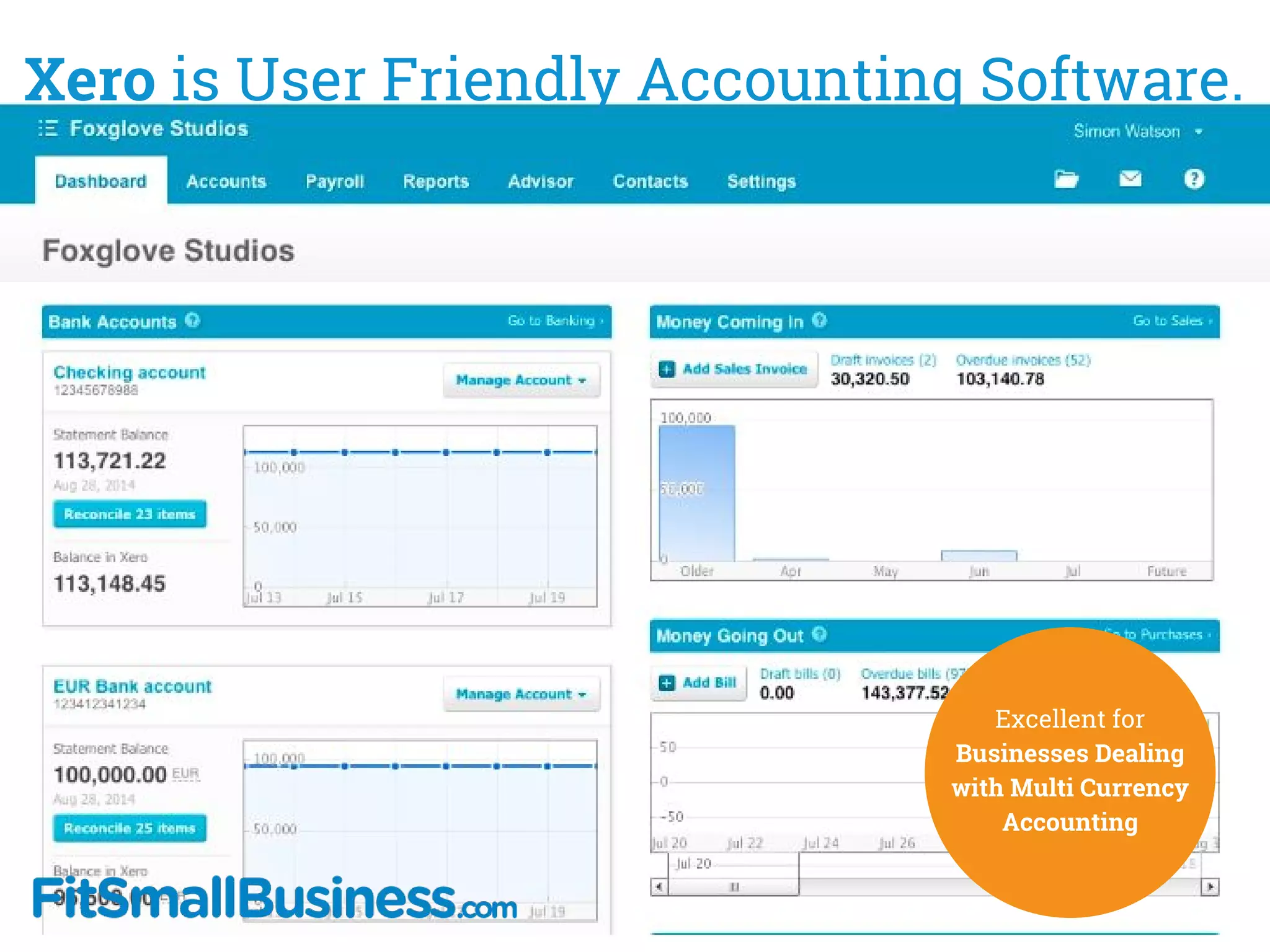Let’s be honest. Selling to a customer in Tokyo while your suppliers are in Berlin and your team is scattered across Austin is the new normal. It’s exciting. But when the invoices start rolling in—euros here, yen there, pounds everywhere—your accounting can feel like a tangled ball of international string.
That’s where a robust multi-currency accounting system comes in. It’s not just a fancy feature anymore; it’s the financial control tower for your global ambitions. Without it, you’re essentially flying blind through economic turbulence.
Why a Basic Spreadsheet Just Won’t Cut It
You might be tempted to manually convert everything into your home currency. It seems simple, right? Well, here’s the deal: that approach is riddled with hidden costs and risks.
First, exchange rates are constantly shifting. The rate you use on Monday for a sale might be drastically different from the rate you need for the bank deposit on Friday. This creates what’s known as foreign exchange (FX) gain or loss. Manually tracking these fluctuations is a full-time job in itself, and it’s incredibly error-prone.
Second, compliance becomes a nightmare. Accurate reporting for tax authorities requires using the correct, verifiable exchange rate at the time of each transaction. Getting this wrong can lead to… well, let’s just say unpleasant conversations and potential penalties.
And finally, you lose strategic insight. How profitable is that European client once you factor in the cost of currency conversion? Is a weakening currency in one region actually helping your margins? A basic system can’t tell you that.
The Core Mechanics of a Multi-Currency System
So, what does a proper system actually do? Think of it as a master translator and calculator that works in the background, seamlessly.
1. Real-Time Exchange Rate Feeds
Gone are the days of manually looking up rates. Modern systems integrate with data providers to pull in current and historical rates automatically. This ensures every invoice, expense, and payment is calculated with pinpoint accuracy.
2. Multi-Currency Wallets and Accounts
Your chart of accounts gets an upgrade. You can maintain balances in multiple currencies simultaneously. This means you can see you have €50,000 in your German bank account and ¥1,200,000 in your Japan account—all within the same ledger, without messy conversions cluttering the books.
3. Automated FX Gain/Loss Calculations
This is the magic. At the end of each reporting period, the system automatically revalues your foreign currency balances based on the current exchange rate. It then calculates any unrealized gains or losses and posts the adjustment for you. It’s like having a dedicated accountant who never sleeps.
Key Features to Look For in a System
Not all multi-currency systems are created equal. When you’re evaluating options, you know, keep an eye out for these capabilities:
- Automatic Rate Updates: Can it update rates daily, or even in real-time? The more frequent, the better.
- Support for Hundreds of Currencies: It should handle all major and most minor currencies, including cryptocurrencies if that’s relevant to your business.
- Customizable FX Rate Margins: The ability to add a margin to the live rate is crucial for covering processing fees and managing risk.
- Multi-Currency Reporting: Can you run a Profit & Loss statement in Euros or a Balance Sheet in Yen? This is vital for local compliance and understanding regional performance.
- Seamless Bank Reconciliation: The system should match bank transactions in their native currency, making reconciliation a breeze instead of a burden.
The Real-World Impact: A Mini-Case Study
Imagine a US-based SaaS company, “CloudScale Inc.” They charge customers in USD, EUR, and GBP. Before a multi-currency system, their finance team spent hours each week:
| Task | Manual Process | With a Multi-Currency System |
| Invoice a UK Client (£1,000) | Look up GBP/USD rate, manually calculate USD equivalent, create invoice. | Select customer, enter £1,000, system auto-generates invoice with correct exchange rate noted. |
| Record Payment | Receive £1,000, look up new rate, calculate new USD value, book potential FX difference. | Match payment to invoice; system automatically records the GBP payment and any FX gain/loss. |
| Month-End Close | Manually revalue all foreign currency bank accounts and AR/AP, a process taking days. | Run a single revaluation report; system posts all adjustments in minutes. |
The difference isn’t just about saving time—it’s about accuracy, strategic clarity, and, honestly, the sanity of your accounting team.
Common Pitfalls and How to Sidestep Them
Even with the right tools, things can go sideways. Here are a few stumbles to avoid:
Pitfall #1: Ignoring Transaction Fees. The exchange rate is one thing; the bank’s wire transfer fee is another. A good system lets you track these fees as separate expenses, so you get the full picture of your cost of doing business internationally.
Pitfall #2: Setting and Forgetting Exchange Rates. While automation is key, you still need oversight. Periodically audit the rates your system is pulling to ensure the data feed is reliable. It’s a trust-but-verify situation.
Pitfall #3: Misunderstanding Realized vs. Unrealized Gains/Losses. This trips up a lot of people. An unrealized gain/loss is on paper (e.g., the value of your foreign bank account changed). A realized gain/loss happens when a transaction is completed (e.g., you convert euros to dollars). Your system should clearly differentiate between the two in reports.
The Future is Multi-Currency
The landscape is only getting more complex. With the rise of remote global teams and platforms like Deel and Remote making international payroll simpler, the flow of multiple currencies through a single business is becoming standard practice. Your accounting system shouldn’t be the bottleneck that holds you back from this growth.
It’s more than just software. It’s the framework that turns chaotic global transactions into a coherent financial story. A story of growth, of calculated risk, and of a business that truly understands its place in the world.
The question isn’t really if you need one, but how soon your current processes will buckle without it.


